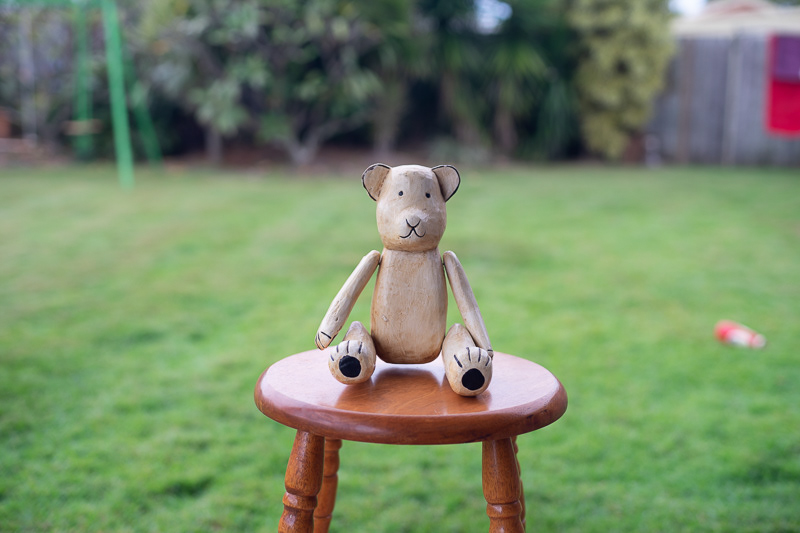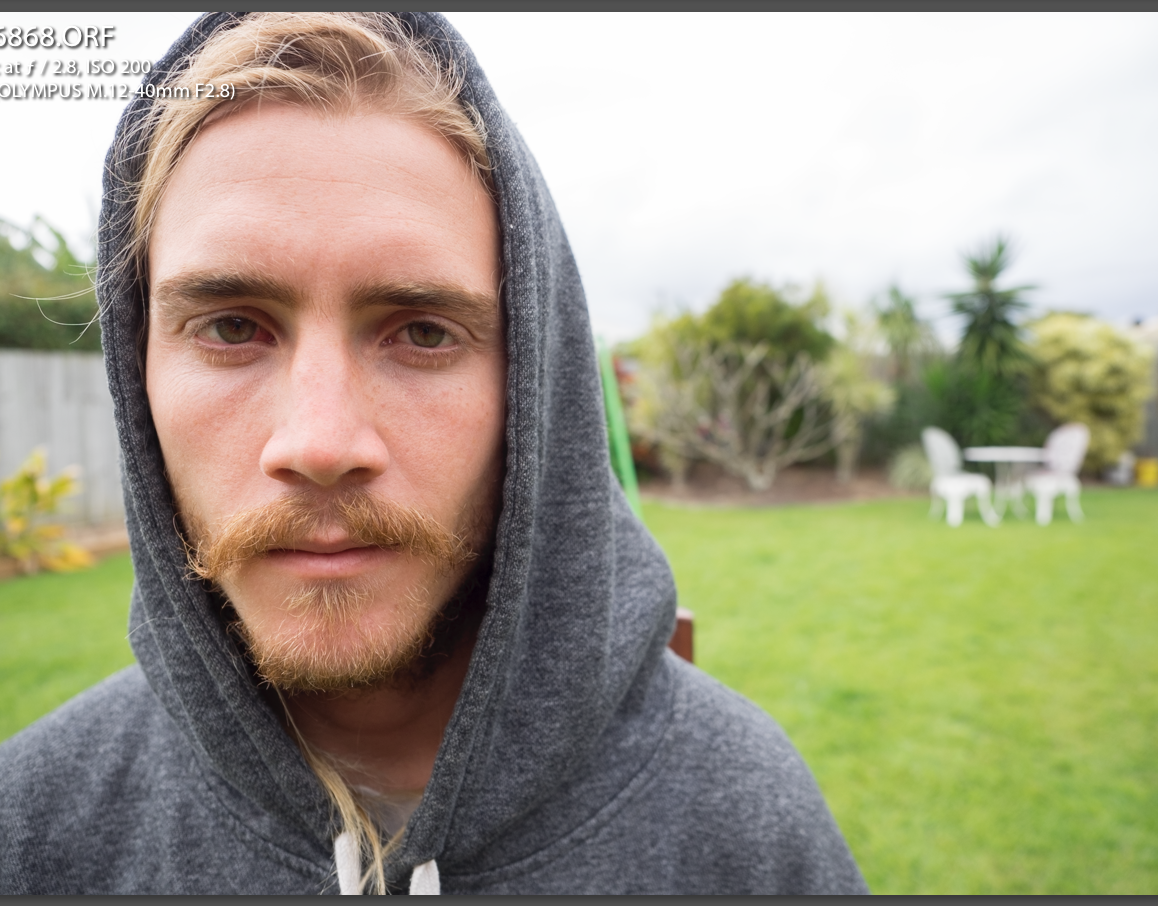When I purchased my first Canon crop DSLR camera back in 2005 the salesman at the store showed me a landscape picture that had a red square marked inside it which depicted the view given by a crop sensor. None of it really made any sense to me at the time but I am now more knowledgeable on the subject and thought I'd share how I see FF (Full Frame) vs APSC (Crop) vs M43 (Micro Four Thirds) and show you in images to help you understand and get a firm grip on this subject.
In photography, all lens focal lengths are referred to in FF (Full Frame) terms. A 50mm lens is a 50mm lens, a 25mm lens is a 25mm lens no matter which camera it is attached to. The sensor size is what makes the difference to the image view.
I will be using a manual Minolta 50mm f1.7 and a Canon 50mm f1.4 with adapters to suit each camera to shoot the images for the test. I will be shooting them both at f2.8. For Full Frame (FF) I will be using the Sony A7II; for APSC (Crop) I will change the FF Sony camera into APSC mode as I don't have a crop camera and for M43 (Micro Four Thirds) I will be using an OMD EM1 Mark I. For an equivalency test I will be using the Panasonic 25mm f1.4 lens on the Olympus camera. So .... lets get started.
The following three images have been shot from the same position and all taken with a 50mm lens shot at f2.8. Left to right - FF, APSC, M43. The equivalent focal lengths due to each crop factor are: FF=50mm, APSC=75mm (50mm x 1.5), M43=100mm (50mm x 2).



Although the field of view has changed the DOF for each image is the same because we have essentially just cropped the FF image by using a smaller sensor each time. Don't believe this, then have a look below where I have cropped all the above images to a similar view. Notice the background bokeh is unchanged (please excuse my framing not being exact).



Now we will shoot with the same 50mm focal length but this time we will keep the subject the same size. This means that for the APSC sensor we will move back a little to create the same framing of the subject as FF and further back again for M43.



Whilst the subject has been framed the same for each image the field of view behind the subject has changed due to the change in focal length of the lens with each sensor format. The first image shows a true FF field of view for a 50mm lens. The APSC image is giving an equivalent field of view of a 75mm lens by compressing the background and narrowing the field of view. The M43 image shows even more compression and has narrowed the view further to that of a 100mm focal length.
This is when things start to change in regard to DOF for both the subject and the background. Because I have had to move back each time to frame the subject the same the DOF has changed relative to the distance to subject. The closer you are to an object when you photograph it the shallower the DOF will be so if I move back a metre it will have greater DOF and if I move back another metre the DOF will be increased even more.
Now lets try this again with a background that is closer so we can see the change in DOF for both the subject and the background more easily.
The following images have again been taken with a 50mm lens at f2.8. The subject has been framed the same with each format. Whilst the light gathering of f2.8 remains the same for all shots the DOF will change due to the distance to subject for each sensor to frame the same shot.



For the FF image the bears mouth is in focus, for the APSC image the mouth and eyes are in focus and for M43 the mouth eyes and ears are in focus. This same DOF difference can also be seen with the background which has remained the same distance from the bear for each shot. A stop more DOF for each smaller sensor size is visible even though all images were shot at f2.8. This is due to the increased distance needed to frame each shot the same for the different sensors and this same distance is equal to one f-stop for each drop in sensor size. The FF camera has a true f2.8 DOF and bokeh whilst the APSC has an f4 DOF and bokeh and the M43 has f5.6 DOF and bokeh. The cropped images below show the change in the background bokeh a bit better.



The only way to get the same composition, DOF and field of view is to change the focal length of each lens and open up the aperture (f-stop) on both the APSC and M43 formats.
In the following examples the image on the left has been shot with FF, 50mm at f2.8 whilst the one on the right has been shot with M43, 25mm at f1.4. Apart from my poor framing these images are equivalent in view, framing and DOF. I can't show the APSC equivalent as I don't have a 35mm f2 lens.


Crops of the above images to show the background bokeh better.


Here are a few focal lengths and f-stops that will produce the same image view and DOF on all three formats when standing in the same position and framing the same shot.
Wide Angle for a landscape: FF, 24mm, f16 = APSC, 16mm, f11 = M43, 12mm, f8
Standard Portrait Lens: FF, 50mm, f2.8 = APSC, 35mm, f2 = M43, 25mm, f1.4
Telephoto: FF, 200mm, f11 = APSC, 135mm f8 = M43, 100mm, f5.6
Hopefully all of this has made some sense in your mind and you can now understand the difference between each format and the relative focal length and DOF required for the same shot on each. Yep, clear as mud for those that aren't technical.

